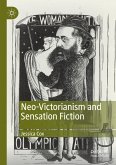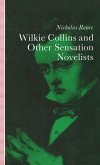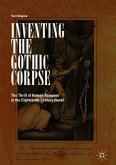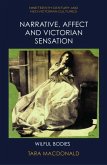Please note that the content of this book primarily consists of articles available from Wikipedia or other free sources online. The sensation novel was a literary genre of fiction popular in Great Britain in the 1860s and 1870s, following on from earlier melodramatic novels and the Newgate novels, which focused on tales woven around criminal biographies, also descend from the gothic and romantic genres of fiction. Ellen Wood''s controversial East Lynne (1861) was the first novel to be critically dubbed "sensational" and began a trend whose main exponents also included Wilkie Collins (The Woman in White, 1859; The Moonstone, 1868), Charles Reade, and Mary Elizabeth Braddon (Lady Audley''s Secret, 1862). Typically the sensation novel focused on shocking subject matter including adultery, theft, kidnapping, insanity, bigamy, forgery, seduction and murder. It distinguished itself from other contemporary genres, including the Gothic novel, by setting these themes in ordinary, familiarand often domestic settings, thereby undermining the common Victorian-era assumption that sensational events were something foreign and divorced from comfortable middle-class life. W. S. Gilbert satirised these works in his 1871 comic opera, A Sensation Novel.








